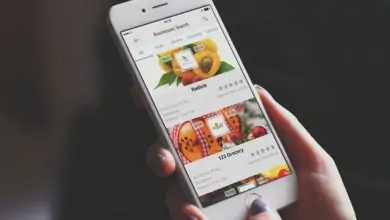The Secret History Of Chinese Take Out Boxes

It does not matter whether you want scallions in your fried rice or the salty and sweet General Tso’s chicken, your Chinese takeout meal is likely to seem the same at first sight. As a result, you are more likely to get your meal in a leak-proof chinese take out containers bulk.
To the extent that they have become symbols of Chinese food culture in the United States, these takeaway containers are ubiquitous when it comes to ordering wonton soup and orange chicken from Chinese restaurants.
The boxes, on the other hand, were not made in China. American inventors relying on Japanese origami concepts created these. The first Chinese takeout box was patented as a “paper pail” by Frederick Weeks Wilcox in 1894, which is comparable to the wooden pails routinely used to convey raw oysters at the time.
What Is The Oyster Pail?
Oyster pails, first and foremost, are what they sound like. Oyster pails are made of wood and are used to transport raw oysters in a cooler.
As an American inventor impressed by its appearance F.W. Wilcox attempted to construct a pail that would be excellent for packaging of foodstuffs. This was long before the top quality auto packaging machines were invented.
Because wood is a porous material, he instantly ruled it out as an option because it would be difficult to sanitize after each usage. Also wood, on the other hand, really absorbs water rather than just retaining it. Bacterial growth thrives in this porous, absorbent material, and no one wants it near their food!
Rather than risk his health, he decided to utilize paper since it is disposable. Consequently, Wilcox patented the paper bucket in 1894.
An oyster pail-like effect is achieved by the folded paper boxes waxed inside. It may be used as a container for liquids and as a plate when it is unfolded.
It is also cheap and portable!
Chinese Takeout Boxes Are American
That being said, how could the paper pail become a symbol of Chinese cuisine? When Wilcox’s idea was released, the Chinese food business in the United States was on the rise.
An artist at Fold-Pak (one of the main makers of paper cartons today), added a Chinese flair to the wrapping in the 1970s. Pagoda symbols and “thank you” in Chinese calligraphy were added to the boxes. As a sign of good prosperity in China, they chose red. The re-design strengthened the connection between the brand and Chinese culture. There are no boxes for sale in China, says Foldpak’s manager.
The cuisine offered in China is not precisely the same as what Americans consume. Following World War II, the Chinese cuisine that became very popular in the United States was a lot sweeter than it used to be.
As for the veggies, there is a significant difference between Chinese and American cuisine: Chinese cuisine uses green onions as well as bitter broccoli and carrots, which were not native to the country, while American cuisine uses yellow onions.
The Historical Uses
Keeping the container upright increases its leak-proof properties while also saving money. Locking paperboard tabs are often used to keep the top closed. The simple folding design resembles origami and enables steam from hot meals to escape.
Chopsticks are often used to eat straight from the container. The containers are predominantly used in the United States for Chinese food, although they have recently extended to nations in Europe and Latin America.
Oyster pails without metal handles, which may cause arcing in microwaves, are available. A plastic handle or no handle is common in microwave-safe pails. It is important to check for any metal clamps prior to actually microwaving oysters in a bucket without a visible handle.
You may also use the containers to store and carry non-food things like soap bath beads and tiny components. Novelty wrapping for small items such as takeout cartons for importing the best down jacket has also been made available.
Conclusion
Chop suey, a dish popular in the United States as “Chinese,” may be found at certain Chinese restaurants. However, this is only partially true. Chopped pork and a variety of vegetables are often used to make chop suey in the United States; however, Epicurious advises that you should feel relaxed to use any vegetables or protein you have hiding in the fridge.
Because of this, it is probable that the meal was originated by Chinese Americans, which is why you may find it in China: according to Food & Wine, the recipe is based on tsap seui, which means “miscellaneous leftovers.” You just put all the leftovers in one put and do the magic.





